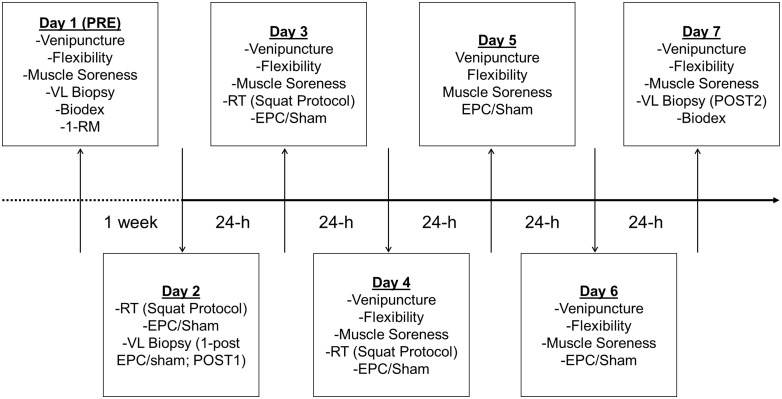Fig 1. Time and events associated with the protocol utilized herein.
On what is termed as Day 1 (i.e., PRE), participants’ baseline right knee range of motion (i.e., flexibility), pressure-to-pain threshold in the right vastus lateralis (i.e., muscle soreness), and peak isokinetic right knee extensor torque (Biodex) values were established. In addition, venipuncture and a vastus lateralis biopsy of the left leg was performed for subsequent analyses. Finally, 1-RM back squat values were established for determination of training loads. Participants then reported to the laboratory exactly 1 week later (i.e. Day 2; POST1) and performed 10 sets of 5 reps of the back squat at 80% of their established 1-RM. This was immediately followed by randomization to either the external pneumatic compression (EPC) or sham treatment group. According to group assignment, immediately following resistance training, participants were treated for 1 h. 1 h following treatment a second biopsy of the left vastus lateralis was performed. On the next 2 consecutive days (Day 3 and 4) participants completed the same resistance training followed by respective treatment protocol. On these days, venipuncture and muscle soreness and flexibility assessments were performed prior to resistance training. On the next 2 consecutive days (Days 5–6) venipuncture and the muscle soreness and flexibility assessments were performed and were followed by treatment according to group assignment (no resistance training was performed). Finally, on Day 7 (i.e., POST2) participants reported to the lab for venipuncture and the muscle soreness and flexibility assessments. Thereafter, a third biopsy of the left vastus lateralis was performed and peak isokinetic right knee extensor torque was measured.

